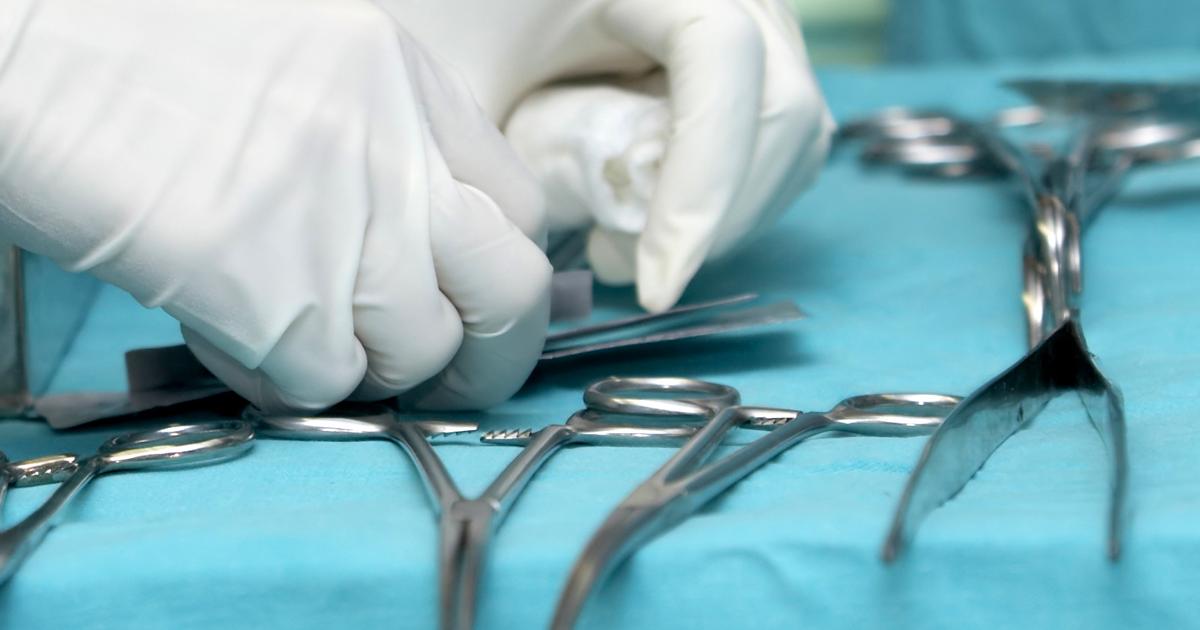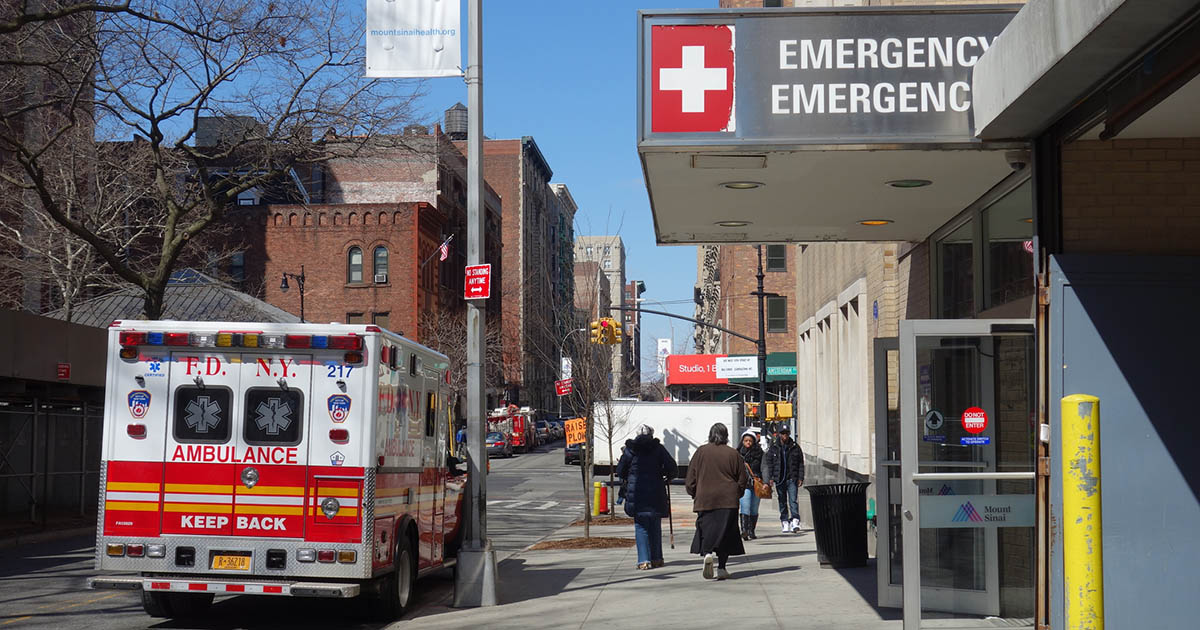Guide To The Treatment And Recovery Process Of A Hemorrhagic Stroke
A hemorrhagic stroke is a life-threatening medical event where an individual's artery begins bleeding into the tissues of their brain. This event is often the result of the rupture of an artery in the brain that is already weakened. An individual having a hemorrhagic stroke may experience symptoms such as inability to move, seizure, severe headache, balance and coordination loss, loss of speech, alterations in or loss of consciousness, nausea and vomiting, vision changes, and numbness. The blood leaking into the brain tissues causes the pressurization of brain cells that results in permanent damage. A hemorrhagic stroke is diagnosed with the use of a CT scan, MRI, blood tests, electroencephalogram, and MRI angiography. The ability to recover function lost due to the stroke depends on how quickly treatment was received and the part of the brain affected.
There are several ways to treat a hemorrhagic stroke. Learn about them now.
Emergency Medical Treatment
An individual having a hemorrhagic stroke will require emergency medical treatment to improve their overall outcome and minimize the extent of post-stroke complications. The first goal of emergency treatment is stopping the bleeding in the patient's brain. If significant pressure has already built inside of the skull, this pressure will also need to be released. Specific medications can help lower an individual's blood pressure to keep large amounts of blood from reaching the stroke site in their brain. If the patient has problems with blood not clotting properly, medications may be used to manage this issue in an attempt to control the bleeding. Sugar mannitol can be utilized in a hemorrhagic stroke patient to help move brain fluid into their bloodstream to decrease pressure in the brain tissues. Some patients who have a hemorrhagic stroke will need to undergo a minimally invasive procedure involving the use of a catheter or a long thin tube with a camera to enter an artery in the arm and place a coil or other mechanical device at the stroke site that prevents the affected vessel from rupturing further.
Uncover the next treatment option for a hemorrhagic stroke now.
Surgery

Surgery may be needed to treat an individual who experiences a hemorrhagic stroke to stop the bleeding in their brain tissues and repair the ruptured blood vessel. After the bleeding has been managed, the patient may require surgery to permanently close the damaged vessel and or repair other tissues that were damaged. Surgery may be done between forty-eight and seventy-two hours following the hemorrhagic stroke if the patient is stable, or it may be delayed by a couple of weeks if they are not. A patient might need surgery to locate and clamp the weakened blood vessel if an aneurysm caused their hemorrhagic stroke. If a hemorrhagic stroke was precipitated from an untreated arteriovenous malformation, patients might need surgery to treat it to prevent another stroke. A surgical procedure may be required if the pressure in the individual's brain is unable to be relieved by other means, and surgical entry into the skull is the only option.
Keep reading to uncover more ways to treat a hemorrhagic stroke now.
